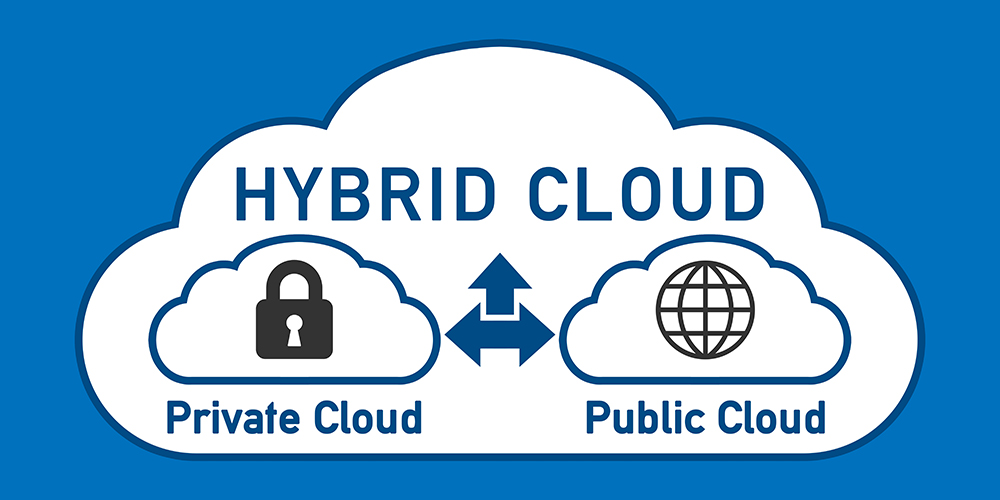
Jun 17, 2020 | SMB Technology, SMB Technology, SMB Technology, SMB Technology, Technology News
It is never too soon to consider what your business will do in the event of a disaster–a cyber attack, a natural disaster, or an epidemic. In the Covid-19 pandemic and subsequent quarantine, many businesses have still managed to continue operating with employees working from home. These times have been a test of any business continuity plan and have also proved the need to have a plan in place. Read on to learn more about developing and refining a plan for your business in these challenging times. Business Continuity Goes Beyond Data A key element in any business continuity plan is handling data—storage, transmission and protection. Data is the lifeblood of your business, and must be readily available and kept safe from loss and compromise. Questions to consider include whether data will be stored on site, in the cloud, or both; which mission – critical data needs to be readily available; and how that data will be backed up. Also, how do you protect proprietary information with employees working remotely, under varying conditions? With employees working remotely, the risks are higher. If there is a cyber attack, who will handle it, and how? Another consideration is the human element — caring for employees and customers during the on-going quarantine. Caring for Employees and Customers This pandemic–or any disaster–offers an opportunity for companies to become trusted leaders for employees and customers alike. According to CompTIA, one way to guide employees through a disaster situation is to communicate proactively with them. You can share both good and challenging news with them, in order to reassure them. Topics to talk about with...

Jun 12, 2020 | SMB Technology, SMB Technology, SMB Technology, SMB Technology, Technology News
Cloud computing, once an emerging technology, is now common, and is proving valuable in this time of remote work resulting from the COVID-19 quarantine. To access data and applications, all that is needed is a computer and an Internet connection. Each type of cloud environment–public, private, and hybrid–comes with its own benefits and considerations. Read on to learn more about what each offers, and to consider which is best for your business. Benefits and Considerations of Public and Private Cloud Environments While all cloud environments have benefits, your business’ needs will impact which one you choose. Public cloud, often used by businesses, schools, and government organizations, is the least expensive, and is easily accessible. All that’s needed is a computer with access to the Internet. Public cloud, like other cloud environments, is flexible and easily scalable, depending on how much demand your business receives. A consideration is sharing computing resources with other entities, and how much bandwidth is available. Another question to ask your IT professional is security of data during migration to the public cloud, and once it resides there. Private cloud environments, in contrast, can help a company keep its data and applications secure, since the public cloud environment is used exclusively by one organization. For organizations needing to follow data-protection regulations, they might ask about private cloud. Private cloud has the same flexibility as public, with added security. Considering a Hybrid Cloud Environment A hybrid cloud environment is a combination of on-premise, third-party, public cloud and private cloud, with some infrastructure owned and used by a business, and some owned by a cloud service provider. A...




